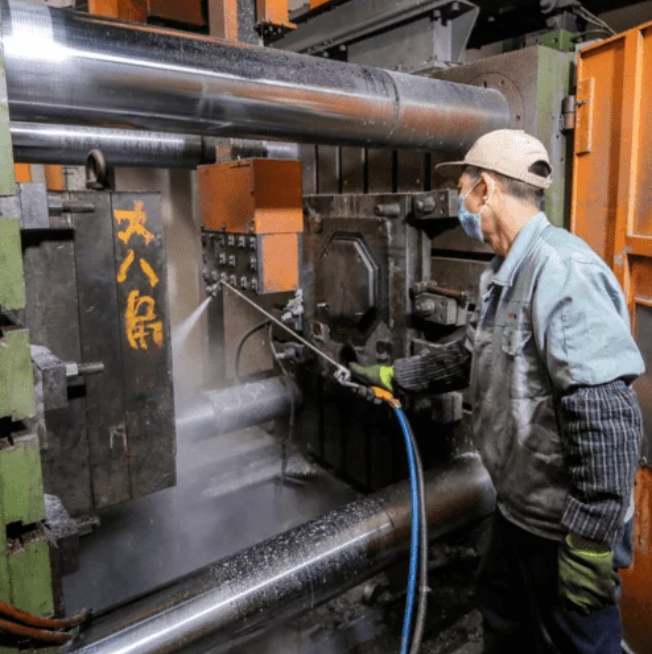Aluminum die casting is a popular method used in many industries to create complex shapes and parts. To produce these parts, a mold must be designed and created to exact specifications. In this guide, we will explore the process of creating an aluminum die casting mold.
Step 1: Determine the part geometry
The first step in creating an aluminum die casting mold is to determine the part geometry. This includes the shape, size, and features of the part. This information is typically provided by the customer or engineer, and it is critical to have a clear understanding of the part geometry before designing the mold.
Step 2: Design the mold
Once the part geometry is determined, the mold can be designed using computer-aided design (CAD) software. The mold design must take into account the part geometry, the material being used, and the casting process. The mold design should include all necessary features, such as ejector pins, cooling channels, and sprues.
Step 3: Create a prototype
Before creating the final mold, it is often beneficial to create a prototype to ensure that the part and mold design are correct. This can be done using a 3D printer or by creating a temporary mold using sand or other materials.
Step 4: Machine the mold
Once the mold design is finalized, the mold can be machined from a block of steel or aluminum. This process involves cutting and shaping the mold using specialized tools and equipment. The mold must be machined to exact specifications, as even small deviations can affect the quality of the final part.
Step 5: Add features
After the mold is machined, additional features can be added, such as ejector pins and cooling channels. These features are critical to the casting process and must be carefully designed and placed to ensure proper functioning of the mold.

Step 6: Test the mold
Before using the mold for production, it must be tested to ensure that it functions properly and produces high-quality parts. This involves creating sample parts and evaluating them for defects, such as porosity or surface imperfections. Any issues must be addressed before the mold is used in production.
Step 7: Produce parts
Once the mold has been tested and approved, it can be used for production. The casting process involves injecting molten metal into the mold and allowing it to cool and solidify. The mold is then opened, and the part is ejected.
In conclusion, creating an aluminum die casting mold is a complex process that requires careful planning, design, and execution. By following these steps, manufacturers can create high-quality molds that produce accurate and reliable parts.
-

- Magnesium-alumiiniseoksesta valmistettu lasten pyörä 3-8 vuotta vanha halvalla kuumalla 14 tuuman lasten pyörä FOREVER tukkumyynti 2022
-

- Magnesium alloy foundry parts bicycle wheel with CNC machining & surface finishing
-

- Magensium mountain bike frame
-

- Popular Children’s Sports Bicycle High Quality Children’s Balance Bike Children’s Bicycle
-

- OEM painevaletut osat ja komponentit
-

- OEM-painevalukomponentit autojen istuimen runkoon

 0086-750-5616188
0086-750-5616188 +86 13392089688
+86 13392089688 sales@zhongmei-tech.com
sales@zhongmei-tech.com







